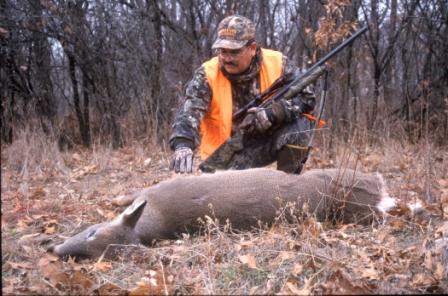June and July: How Much Do Whitetail Deer Antlers Grow?
I looked off my back porch the other morning and saw a single deer feeding on weed sprouts on our recently mowed lake berm. He was 300 yards away, and although I could not count tines with the naked eye, I could not miss the tall, thick, velvety beams. One glimpse through my binocular and it was clear this was going to be an above-average to exceptional deer for this part of the Virginia Piedmont. My excitement grew as I realized the rack had a good 6 more weeks to grow. How much bigger will those antlers get? June and July: Zoom Months for Antlers Velvet antler is the fastest-growing tissue in the mammal world. In mid-summer, each beam and [...]





